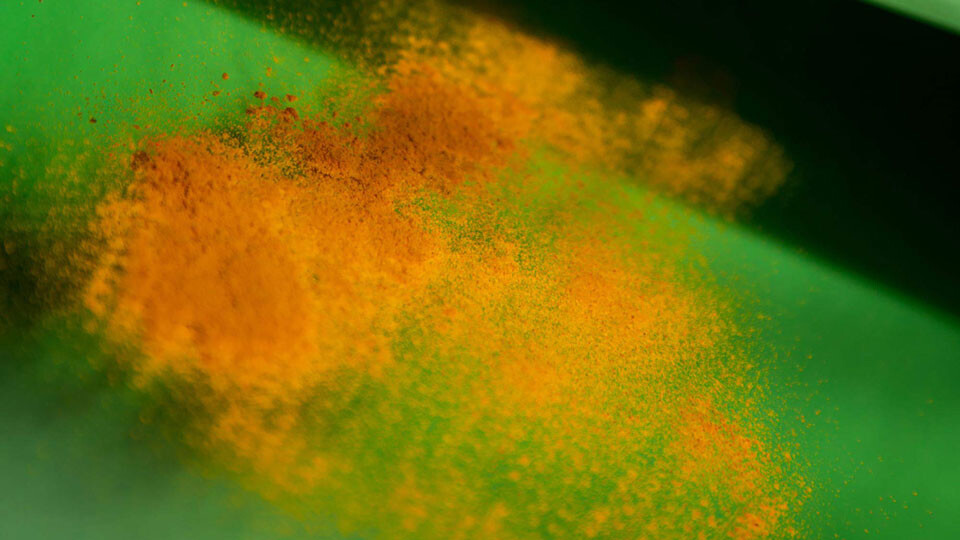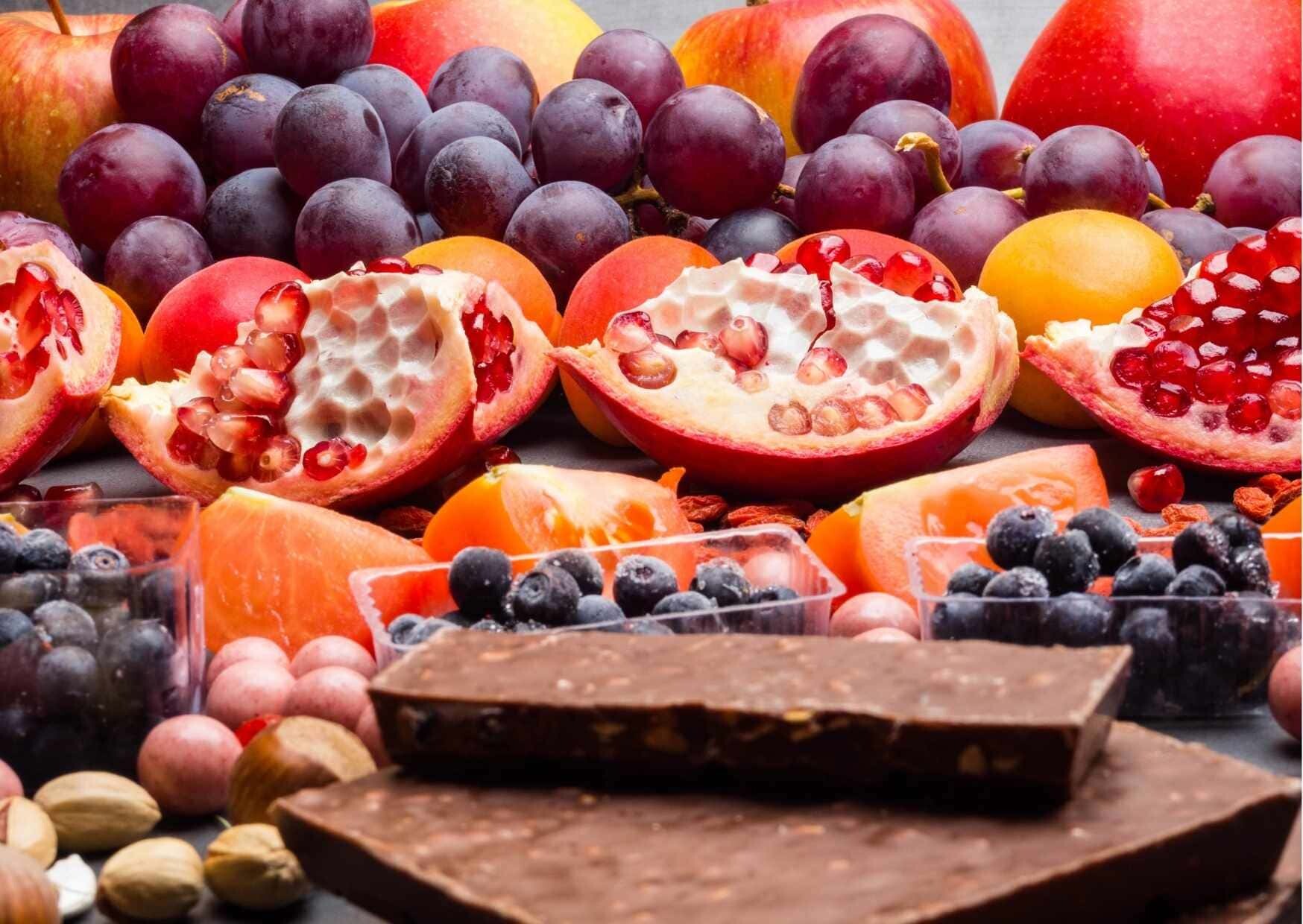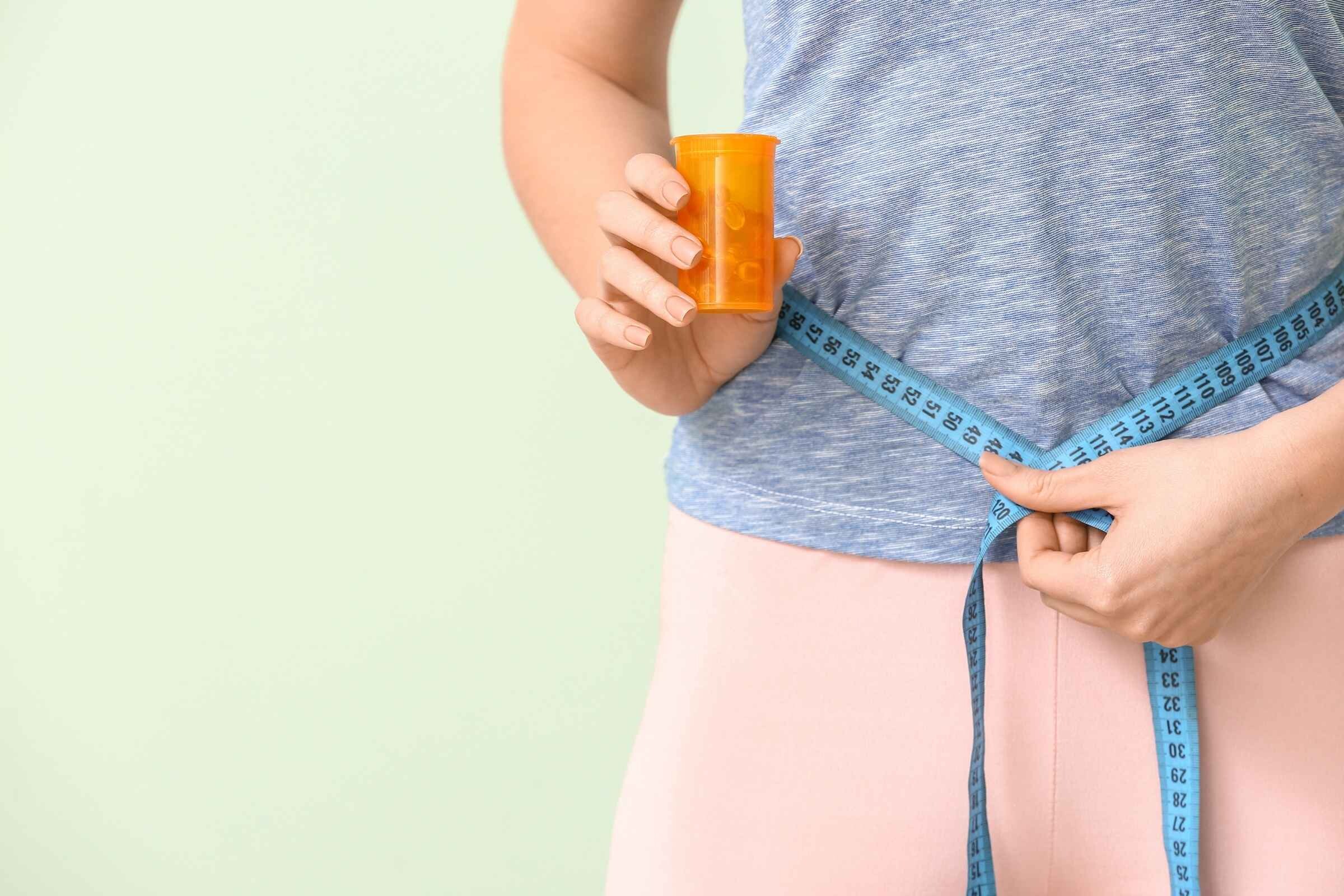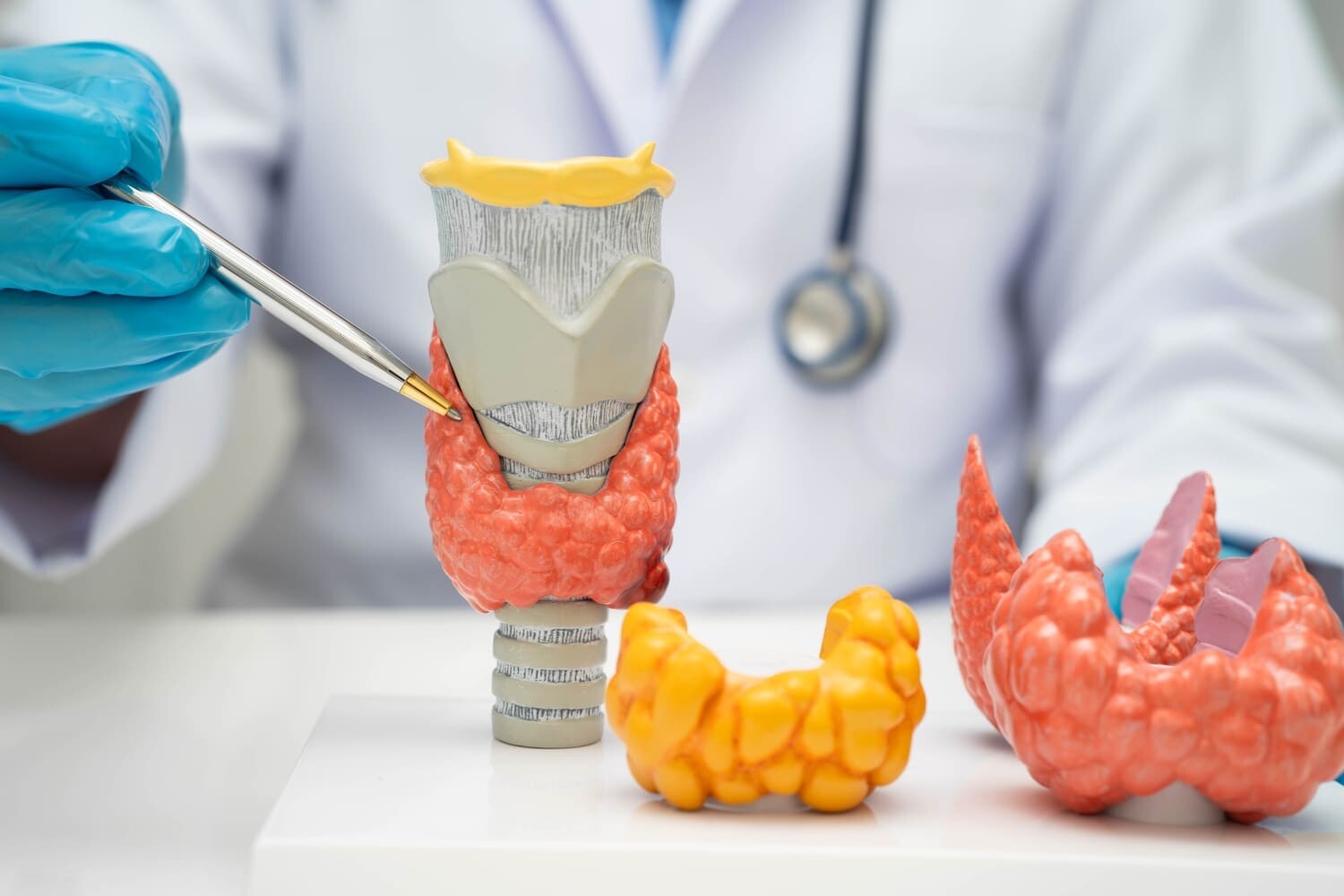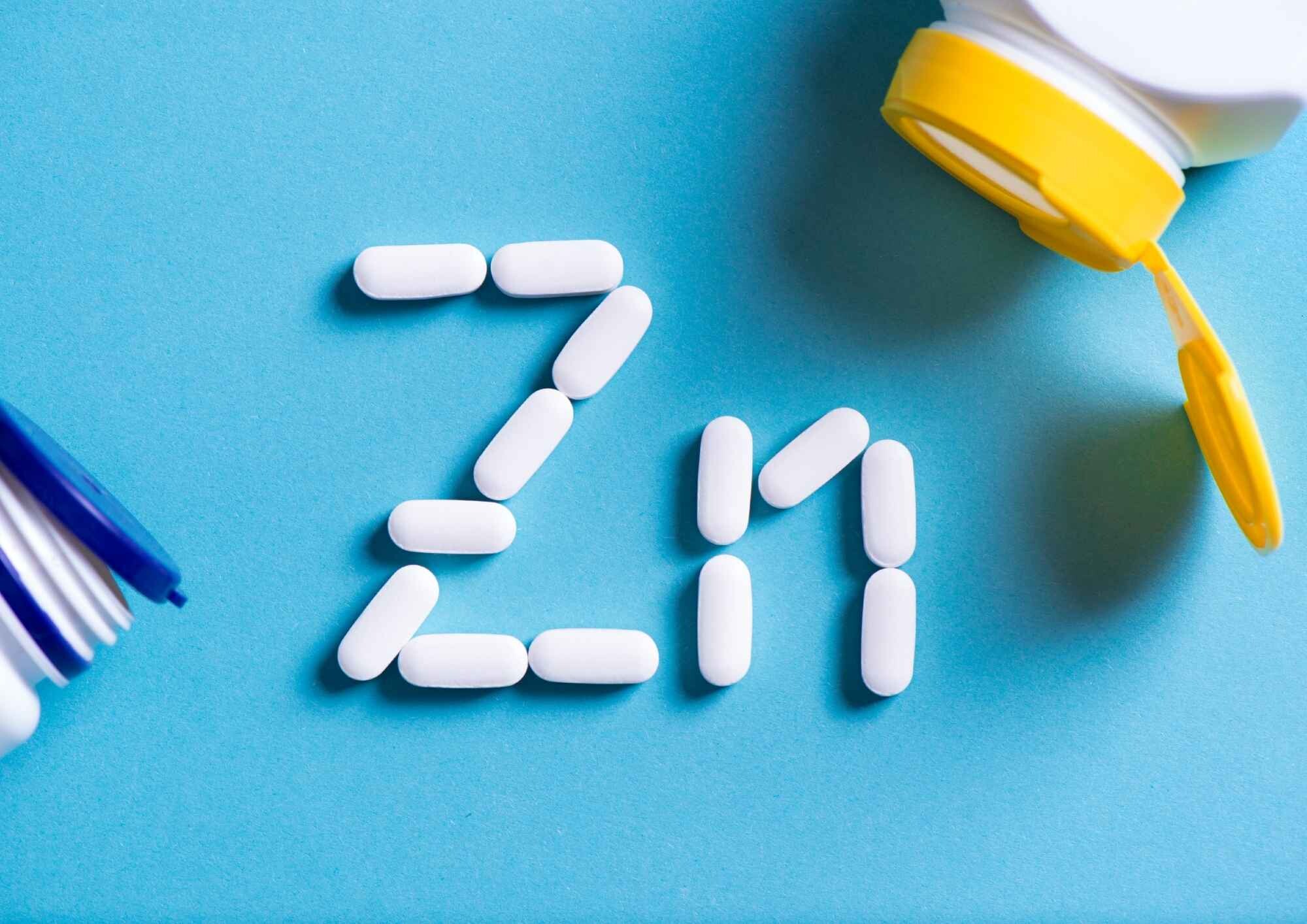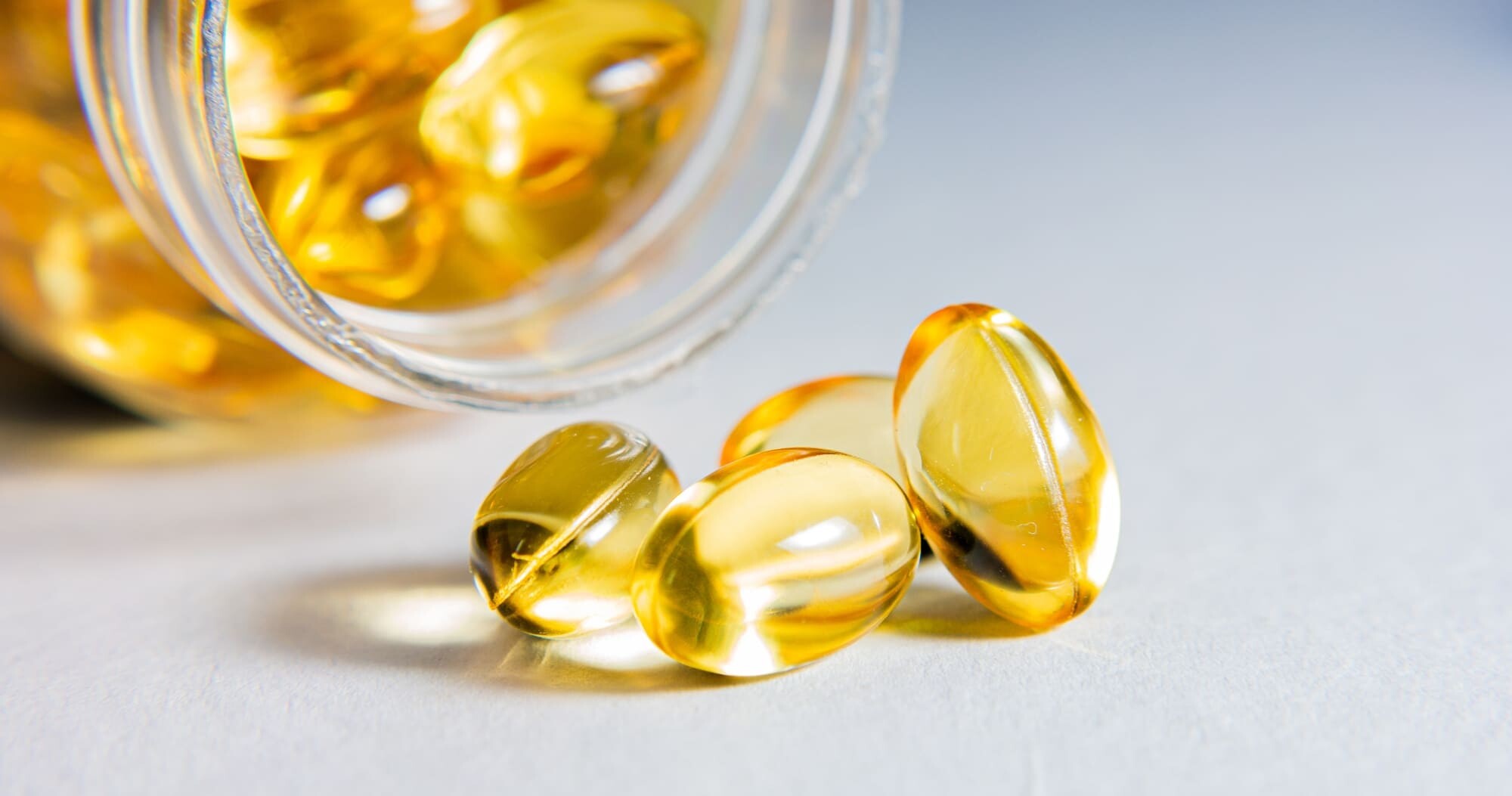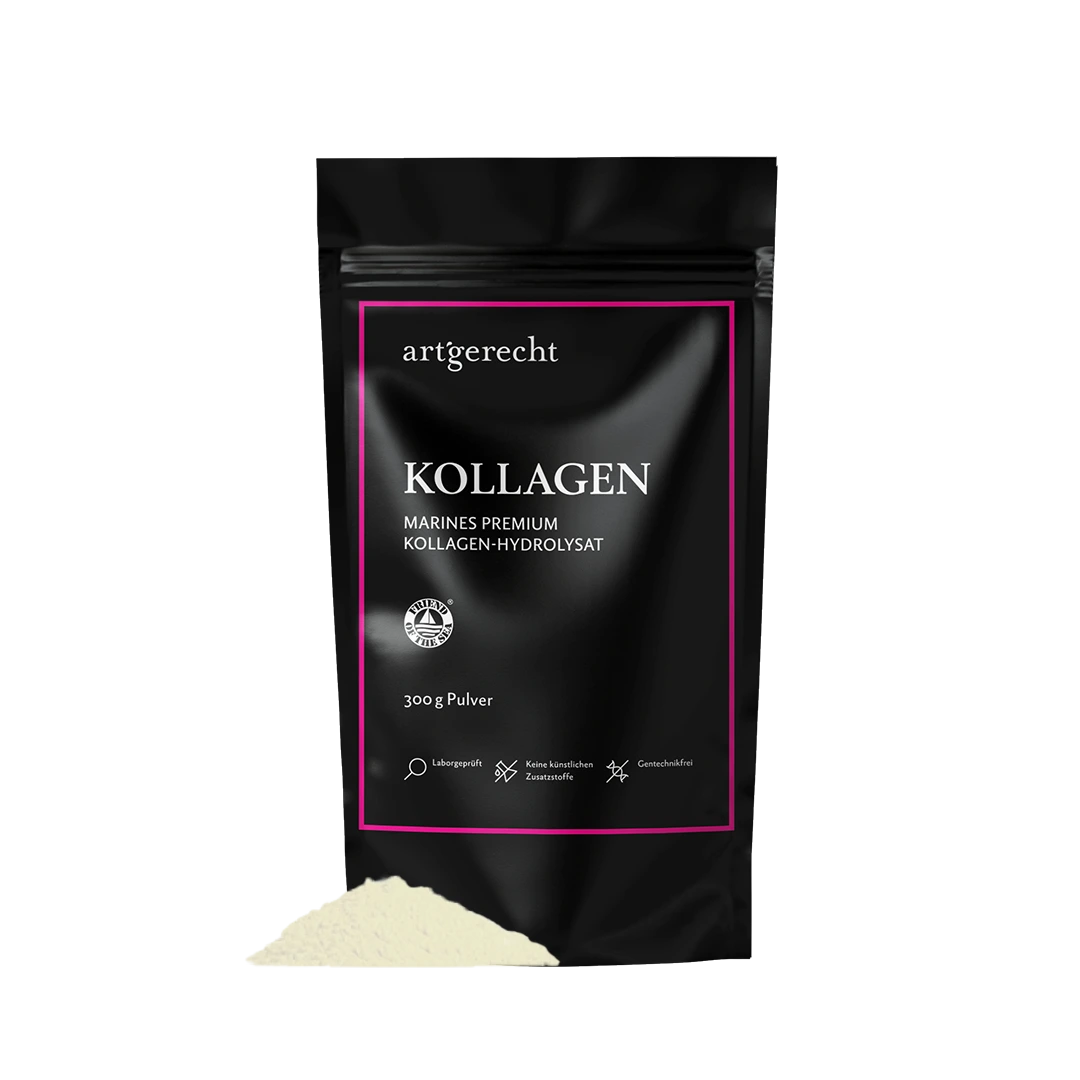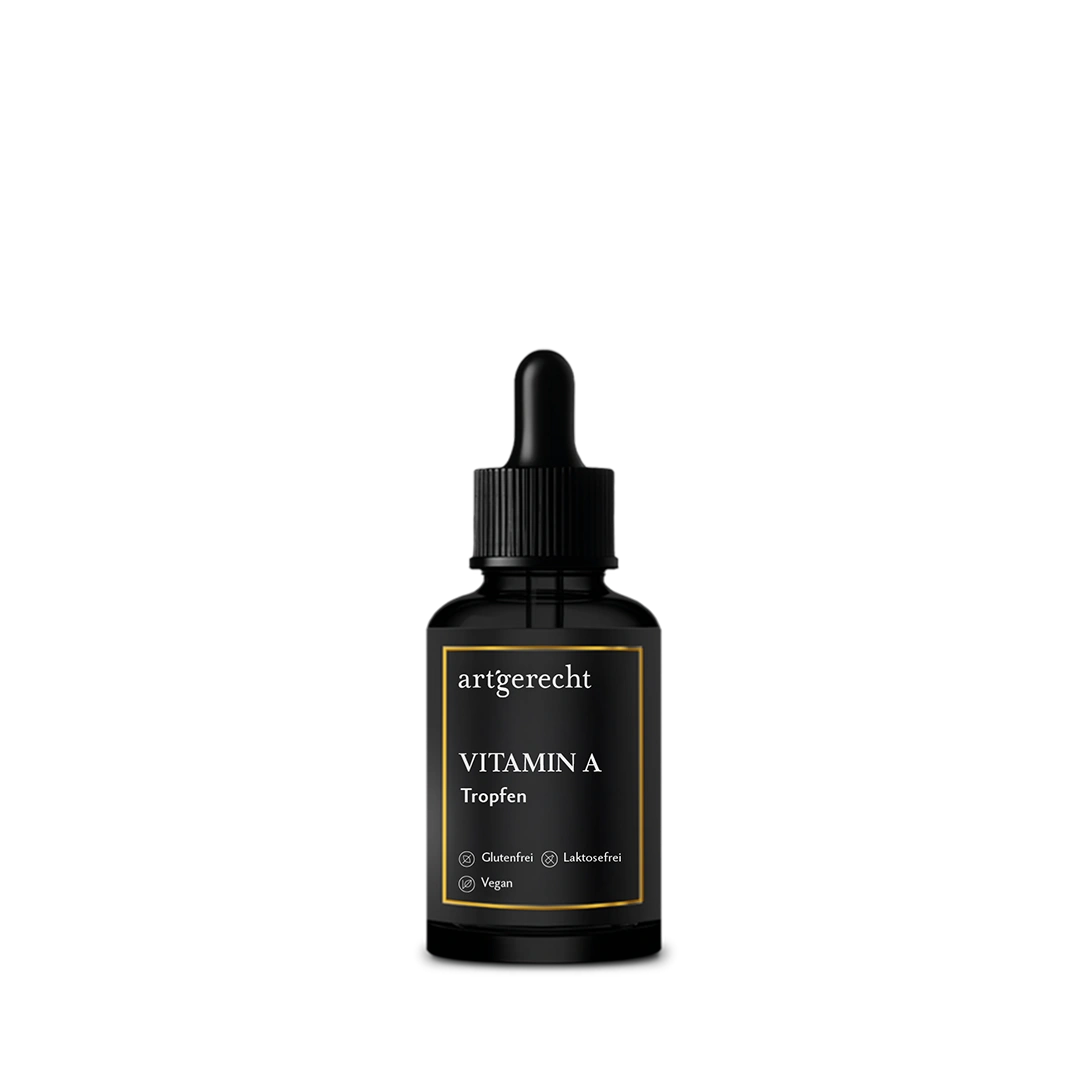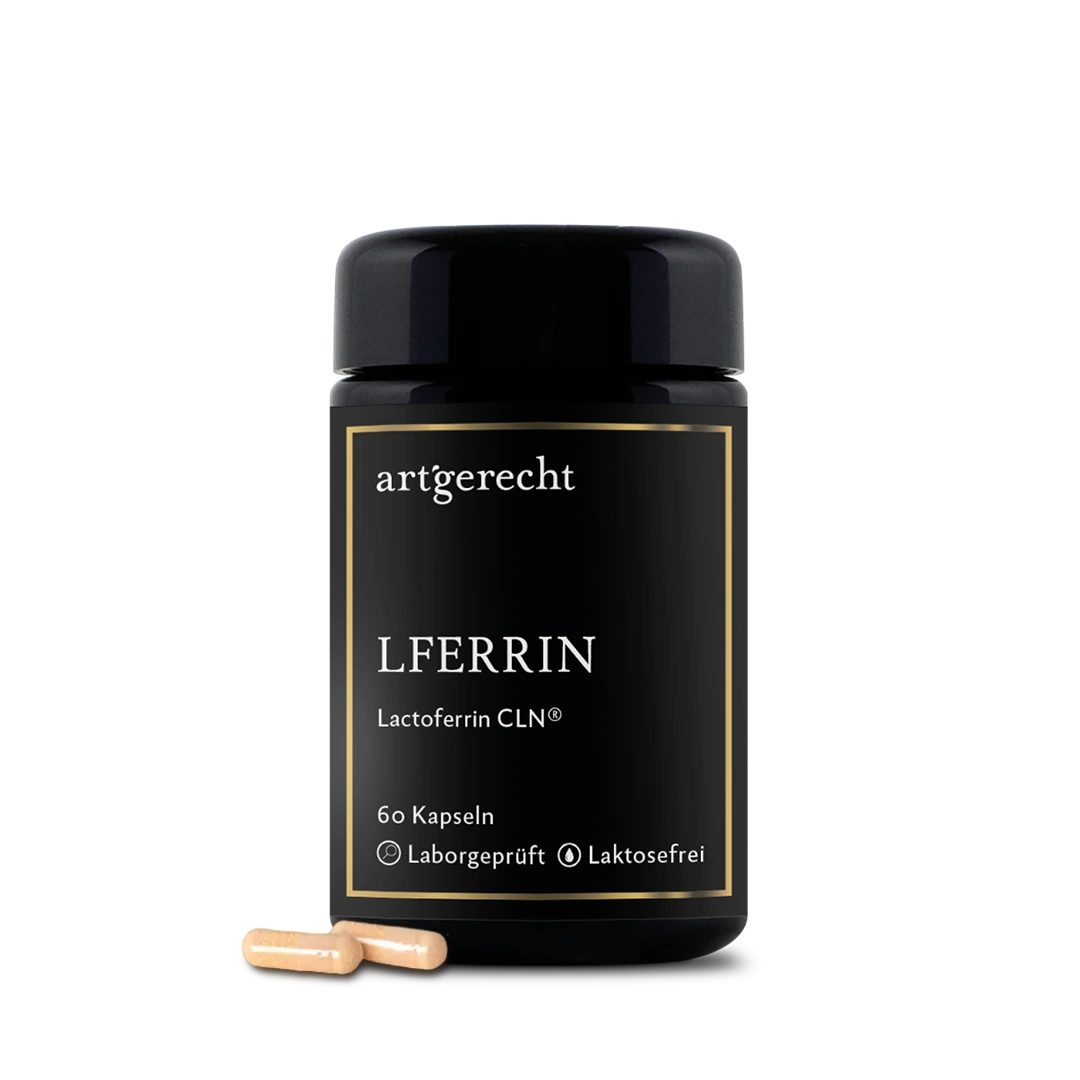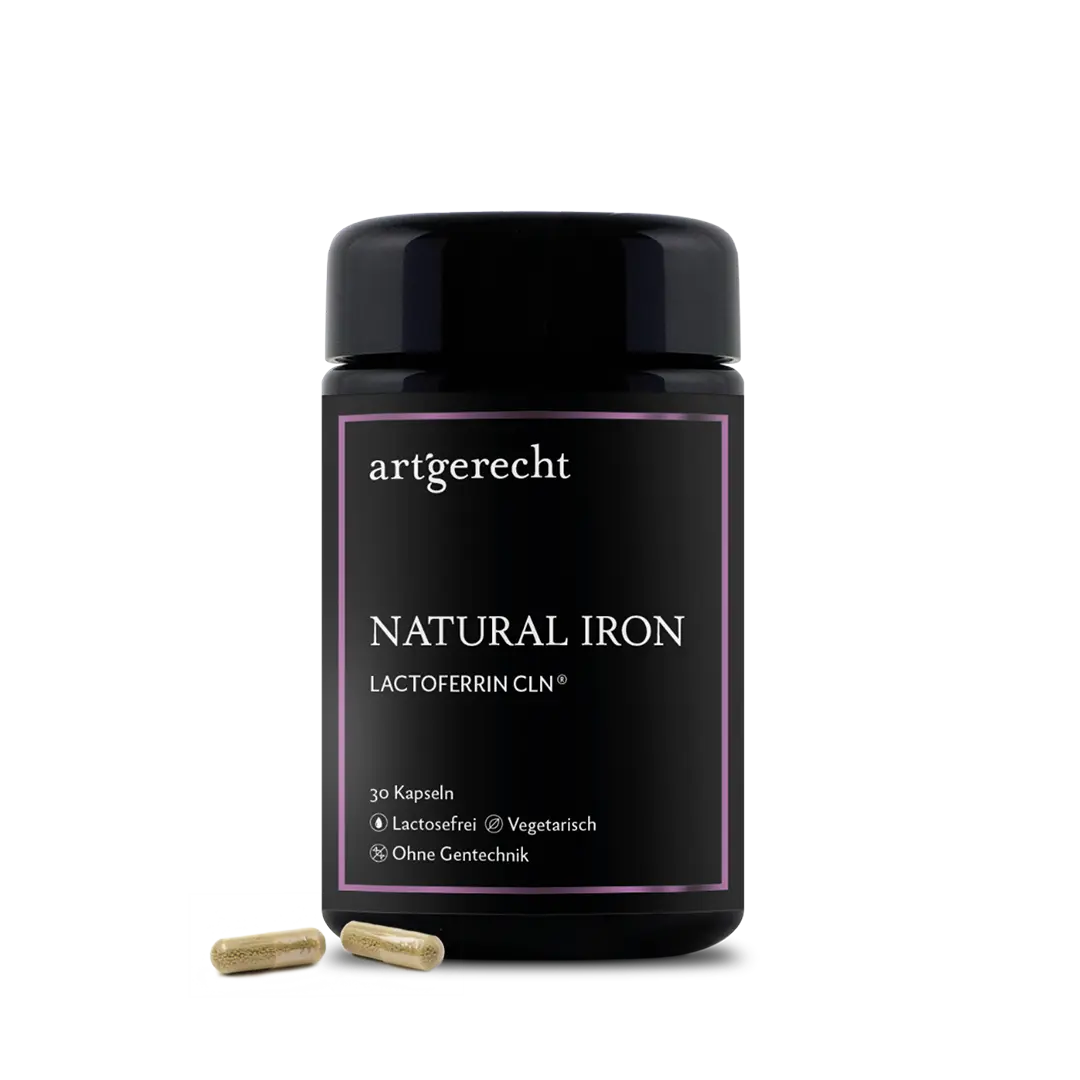„What doesn't kill us makes us stronger!“ – Is this sentence just a figure of speech or is it actually true? This is the subject of hormesis - the principle of resistance. In the course of evolution, our body has learned to deal with different stimuli, e.g. from external factors or certain substances. Could it even be that we need stimuli from the environment in order to grow?
How did we become human?
During evolution, Homo sapiens was repeatedly exposed to strong threats and stimuli from the environment. It has not always survived. And yet we still colonize the world today and have the most highly differentiated immune system of all mammals. Our immune defense has developed into what it is today through constant contact with the environment, i.e. with the most diverse stimuli, but also bacteria, viruses, fungi and parasites: A strong, adaptive army of cells and antibodies that ensures the integrity of the human body.
How healthy are we living today?
In this day and age, our lives have changed dramatically - let's say in the last hundred years. When was the last time you froze? When was the last time you actually went hungry? When was it so hot that you couldn't stand it? When did you really have soil under your fingers?
Of course, it is a privilege of modern times that we are no longer helplessly exposed to environmental stimuli. Our living conditions allow us to live comfortably without constant threats from outside, and that is a good thing. And yet – we could not use the knowledge of our body's ability to learn to train our defensive forces a little „“
The dose makes the poison
The principle of hormesis
„The dose makes the poison“ is to a certain extent the core statement of the principle of hormesis, which was already described by Paracelsus in the 16th century. Put simply, it is a type of hardening. Hormesis uses low doses of supposedly harmful stimuli or substances to strengthen the body's own defenses[1]. This effect can be visualized in a J- or U-shaped curve (see Figure 1).
Figure 1: Dose-response curve
Not always pleasant – but healthy
Hormesis therefore means that a toxic stimulus below the damage threshold strengthens our defenses. If we experience the same or a similar toxic stimulus again later, our body is prepared for it and can protect itself better.
For example, a brief extreme cold stimulus protects against cold, heat and infection, or a small amount of alcohol against cardiovascular disease.
The hormetic stimuli can be divided into chemical and non-chemical. Resveratrol from grapes would be an example of a chemical stimulus. Mild intermittent cold, heat, lack of oxygen (hypoxia) and intermittent fasting are examples of non-chemical stimuli.
We would now like to introduce you to some of these stimuli in the context of hormesis. Perhaps you have already experienced one or two of these phenomena.
Hypothermia (cold stimulus)
- Cold or even ice-cold water means an intensive cooling stimulus for our organism. A cold shower is a good start here. However, the more the water envelops the body, the more intense the stimulus becomes. Here it is important to gradually adapt to the higher intensity.
- However, a cold bath in nature, in lakes or rivers, remains the best, most natural and species-appropriate stimulus for us humans in this respect.
- Cold can have a very positive effect on our metabolism through its influence on fatty tissue.
Hyperthermia (heat stimulation)
- Just as it was „normal“ in human history to be cold from time to time, there have also been periods of heat. We have learned to deal with an outdoor temperature that is too warm and to initiate appropriate physical reactions.
- An occasional visit to the sauna can therefore have a very positive effect on our health: It has been shown that intermittent heat can reduce our appetite and increase our energy consumption at the same time[3]. This application could therefore be regarded as a ""medicine"" against obesity. It reduces food intake and increases total energy expenditure. It thus counteracts the actual state of sedentary life with increased food intake.
- One study came to the conclusion that mild warmth can have a positive effect on various components of the immune system and thus serve to promote general health. [4]
- The forest traditionally represents a potentially dangerous environment for us humans. This is deeply rooted in our evolutionarily shaped brains. Dense woods activate and stimulate our immune system. The ätheric oils secreted by the plants there reinforce this effect to the benefit of our health.
- Experienced barefoot and with the hands „grasped“, contact with the environment results in a direct strengthening of the innate immune defense. [5]
- Activities in the great outdoors can help to reduce stress and even reduce chronic inflammation in the body to zero. [6]
Short, intensive fitness sessions
- A short intensive activation of the large muscle groups, preferably those of the upper body, simulates our brain fleeing from an attacker. Let's imagine a lion here: If it is standing in front of us, we should react quickly. In other words, run very quickly or, better still, climb upwards (upper body muscles).
- In evolution, the possibility of injury during such an escape could not be ruled out. This intensive muscle work therefore automatically leads to the release of various substances such as lactoferrin, lysozyme and other antibodies. These make our immune defense stronger and more effective. [7]
Nutrition: Intermittent fasting
- Our genes have no fridge, no supermarket and no pantry with enough food for several weeks. We should occasionally try to override this dreamy state of absolute security in order to keep our metabolism flexible.
- Insulin sensitivity is the key word here: if our cells can react optimally to the hormone insulin, we have a functioning metabolism that can adapt to all the stresses and strains of our everyday lives.
- And it's so simple – a skipped meal here and there leads to a longer period without food intake. Studies have shown that the 16:8 principle is well suited for this. This means eating two meals within an eight-hour window and fasting for the following 16 hours. Practiced twice a week, this approach can lead to significant improvements. [8]
Food
- Naturally, there are an infinite number of substances that can be used for a hormetic effect. In particular curcumin in turmeric [9], resveratrol in grapes and red wine, capsaicin in chili and allicin in garlic and sulforaphane in broccoli [10]. They have excellent anti-inflammatory properties, which have a very positive effect on acute and chronic diseases [11].
- The sweet fruits mango and papaya are also healthy and also have a positive influence on sensitivity to stress.
- Secondary plant substances, which originally belong to the immune system of the plant itself, always have an effect on our body. Up to a certain dose, this can be very positive for us. When it becomes too much, however, it can turn negative and act like a poison.
Hypoxia (lack of oxygen)
- In the case of hypoxia, the cells of the body are supplied with too little oxygen. This poses a concrete danger, but when used in a hormetic dosage, leads to many pleasing changes in the body.
- Even a short period of temporary hypoxia, for example due to breathing, is registered in the body as a serious danger. Our body then initiates appropriate mechanisms to prevent damage caused by a lack of oxygen. These ensure inhibition of inflammation, have an antioxidant effect and ensure that the immune system is not activated excessively [12]. All in all, a positive thing for us, as long as the condition doesn't last too long.
How does hormesis work:
Hormesis ultimately refers to the reaction of a cell or system to a stimulus that acts like a mild toxin. In general, it can be said to improve stress sensitivity, immune function and metabolic status [13]. Hormesis is unique as an intervention. Its effects do not adapt, but become stronger, last longer and start earlier the more they are applied[14].
All stimuli are preliminary, mild stress factors, which trigger an acute stress reaction at systemic and cellular level. They do not achieve any harmful effects. Hormetic effects are powerful and are based on evolutionary learned protective reactions against common daily factors such as hunger, fluid loss and lack of oxygen[15].
.Literature:
- Calabrese E.J., Blain R.:The occurrence of hormetic dose responses in the toxicological literature, the hormesis database: an overview. Toxicol Appl Pharmacol. 2005 Feb 1;202(3):289-301.
- Bartelt A., Bruns O.T., Reimer R., et al. Brown adipose tissue activity controls triglyceride clearance.Nat Med. 2011 Feb;17(2):200-5.
- Carlson, S. J. & Marriott, B. M. Nutritional Needs In Cold And In High-Altitude Environments: Applications for Military Personnel in Field Operations. (National Academies Press, 1996).
- Tomiyama C., Watanabe M., Honma T., et al: The effect of repetitive mild hyperthermia on body temperature, the autonomic nervous system, and innate and adaptive immunity. Biomed Res. 2015;36(2):135-42.
- Li Q.: Effect of forest bathing trips on human immune function. Environmental Health and Preventive Medicine. 2010; 15.
- Li Q., Otsuka T., Kobayashi M., et al: Acute effects of walking in forest environments on cardiovascular and metabolic parameters. European journal of applied physiology. 2011; 111.
- Helge J.W., Klein D.K., Andersen T.M., et al.: Interleukin-6 release is higher across arm than leg muscles during whole-body exercise. Exp Physiol. 2011 Jun;96(6):590-8.; Inoue H., Sakai M., Kaida Y.: Blood lactoferrin release induced by running exercise in normal volunteers: antibacterial activity. Clin Chim Acta. 2004 Mar;341(1-2):165-72.
- Sutton E.F., Beyl R., Early K.S., et al: Early Time-Restricted Feeding Improves Insulin Sensitivity, Blood Pressure, and Oxidative Stress Even without Weight Loss in Men with Prediabetes. Cell Metab. 2018 Jun 5;27(6):1212-1221., De Cabo R., Mattson M.P.: Effects of Intermittent Fasting on Health, Aging, and Disease. N Engl J Med. 2019 Dec 26;381(26):2541-2551.
- Bengmark S.: Curcumin, an atoxic antioxidant and natural NFkappaB, cyclooxygenase-2, lipooxygenase, and inducible nitric oxide synthase inhibitor: a shield against acute and chronic diseases. JPEN J Parenter Enteral Nutr. 2006 Jan-Feb;30(1):45-51.
- Parcell S.: Sulfur in human nutrition and applications in medicine. Alternative medicine review. 2002; 7; Riso P., Martini D., Visioli F., et al: Effect of broccoli intake on markers related to oxidative stress and cancer risk in healthy smokers and nonsmokers. Nutrition and cancer. 2009; 61.
- Bosma-den Boer M. M., van Wetten M.-L., Pruimboom L.: Chronic inflammatory diseases are stimulated by current lifestyle: how diet, stress levels and medication prevent our body from recovering. Nutrition & metabolism. 2012; 9.
- Chen, T. T., Maevsky, E. I. & Uchitel, M. L. Maintenance of homostasis in the aging hypothalamus: the central and peripheral roles of succinate. Frontendocrinol (Lausanne) 6, 7 (2015).
- Pruimboom L., Muskiet F. A. J.: Intermittent living; the use of ancient challenges as a vaccine against the deleterious effects of modern life – A hypothesis. Medical Hypotheses. 2018; 120, 28–42.
- Calabrese V., Cornelius C., Dinkova-Kostova A.T., et al: Cellular stress responses, hormetic phytochemicals and vitagenes in aging and longevity. Biochim Biophys Acta. 2012 May;1822(5):753-83.
- Verges, S., Chacaroun, S., Godin-Ribuot, D., et al: Hypoxic Conditioning as a New Therapeutic Modality. Front Pediatr. 2015; 3: 58.

